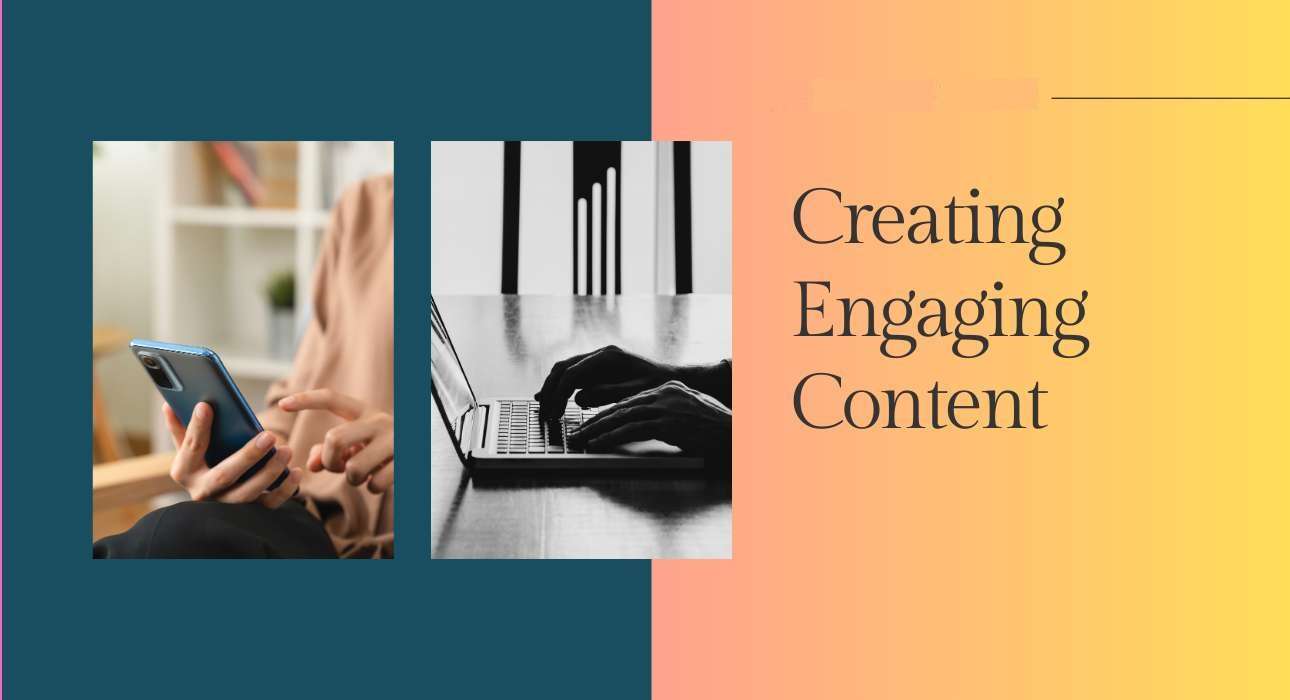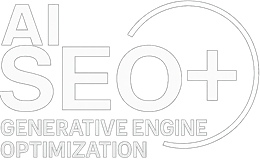Cursor
mode
SEO PLUS GEO
Mastering Content Optimization Techniques for a Personalized Experience

In today’s competitive digital landscape, effective content optimization can make or break your online presence. By tailoring your content to your audience’s specific needs, preferences, and search behaviors, you can maximize its impact and drive measurable results. This guide delves into proven strategies to create high-quality, search engine-friendly content that resonates with users, adheres to EEAT (Expertise, Authoritativeness, and Trustworthiness) principles, and enhances your brand’s visibility.
Keyword Integration: The Foundation of Optimization
Strategic keyword integration is critical to optimizing content. However, it goes beyond stuffing keywords into your text.
Research Relevant Keywords
Use tools like Google Keyword Planner or SEMrush to identify high-volume, low-competition keywords.
Place Keywords Naturally
Include them in titles, headings, meta descriptions, and throughout the body in a natural flow.
Leverage Long-Tail Keywords
Address specific user queries with long-tail keywords to improve ranking and relevance.
Optimize Images
Use descriptive file names and alt text with keywords to enhance SEO.
User-Centric Writing, Put Your Audience First
The success of your content lies in its ability to address the reader's pain points, questions, and goals.
Understand Your Audience
Create detailed buyer personas to identify their challenges and preferences.
Answer Questions Directly
Use your content to solve problems or fulfill user queries effectively.
Engage with a Conversational Tone
Build a connection by writing as if you are speaking directly to the reader.
Content Structure, Organize for Maximum Engagement
A well-structured piece of content encourages readers to stay longer, improving dwell time and reducing bounce rates.
Use Compelling Headlines
Craft attention-grabbing headlines that clearly convey the value of your content.
Break Content into Sections
Use H1, H2, and H3 tags to create a logical flow, making your content easier to navigate.
Bullet Points and Lists
Simplify complex information and highlight key points for better scan ability.
Use Clear, Simple Language
Clarity in communication ensures that your message is easily understood by readers from all backgrounds.
Avoid Jargon
Use straightforward language that resonates with a broader audience.
Focus on Actionable Insights
Provide steps or takeaways that the user can implement immediately.
Keep Sentences Short
Break long sentences into concise, impactful statements.
Optimize for Readability, A Seamless User Experience
Content that is easy to read and visually appealing enhances user experience and improves engagement metrics.
Readable Fonts
Use web-friendly fonts with an appropriate size and spacing for better readability.
Contrast and White Space
Make your content visually appealing by balancing text with adequate white space.
Mobile Responsiveness
Ensure your content displays effectively across all devices, including smartphones.
Personalize the Experience, Speak to Your Readers
Personalization builds trust and creates a connection with your audience.
Address Specific Needs
Tailor content for different audience segments.
Include Personal Stories
Share case studies, testimonials, or real-life examples to build relatability.
Encourage Interaction
Add CTAs that prompt users to comment, share, or explore related content.
Conclusion - Tailored Content for Maximum Impact
By focusing on these strategies, you can create content that not only ranks well on search engines but also establishes your brand as an authority in your field. Prioritize your audience’s needs, maintain a clear structure, and integrate keywords seamlessly. Remember, impactful content is not just about search engines—it’s about connecting with people and building lasting relationships.



